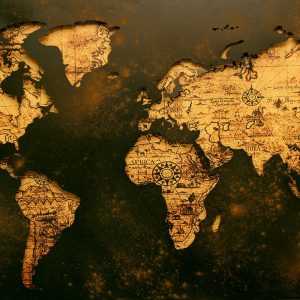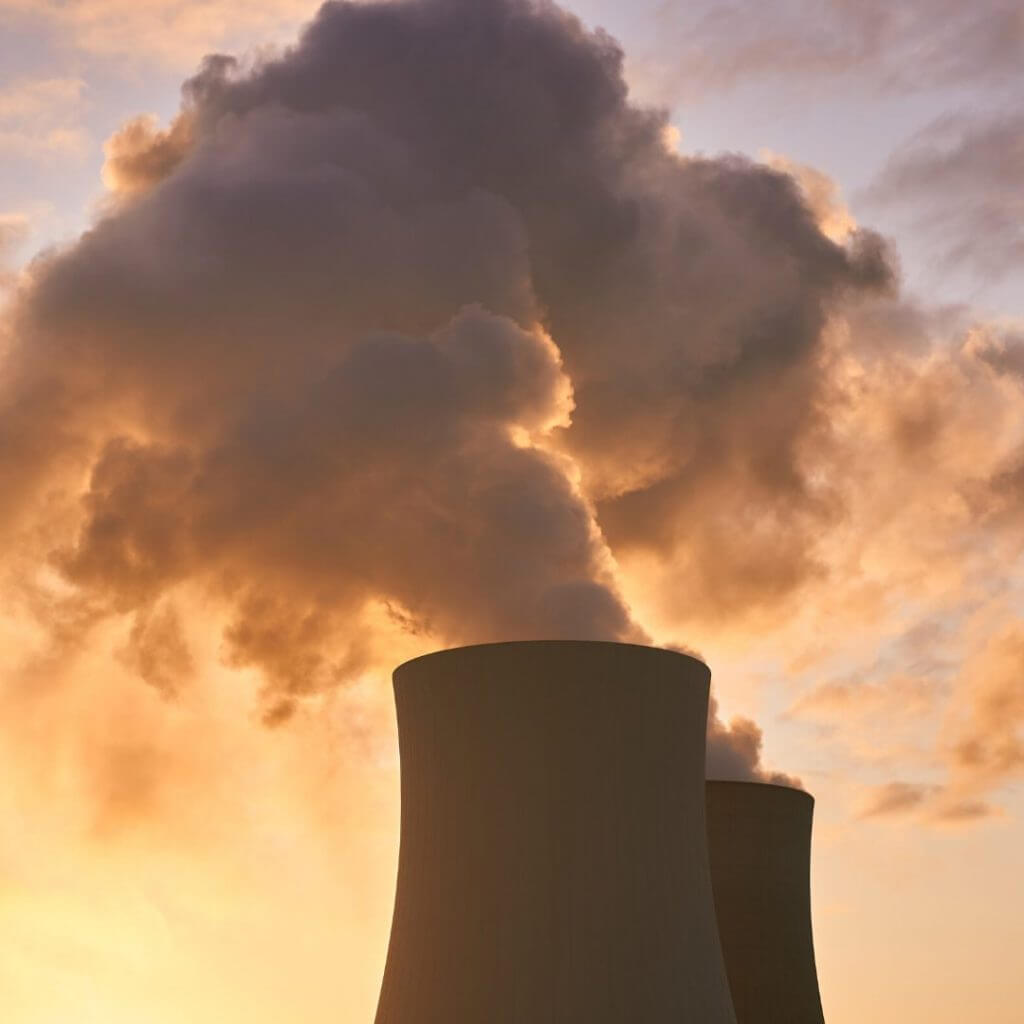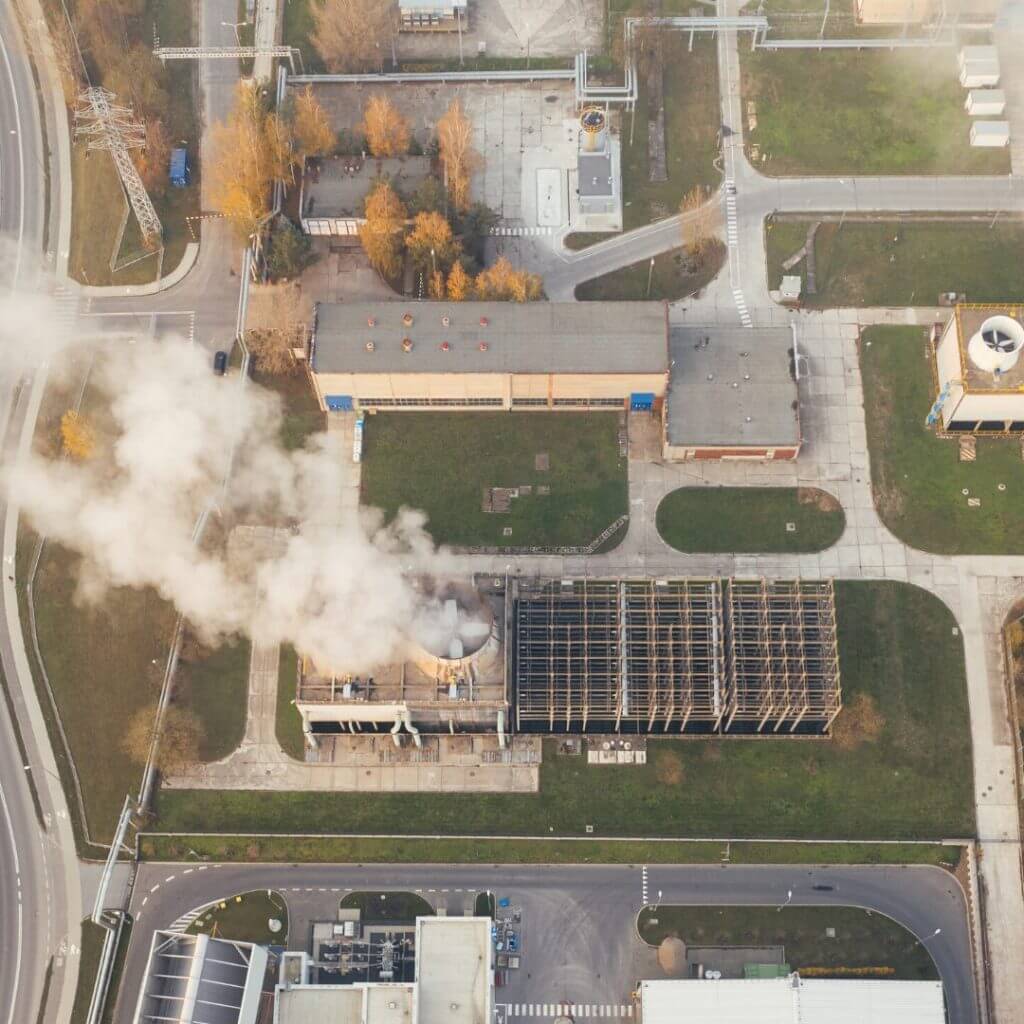
Has The Coronavirus and quarantine affected the natural world?
Since the beginning of the coronavirus, the world has experienced some drastic changes. Whether it be from the lack of factories working, cars running or just people exploring in general, there have been huge visible outcomes to the natural world. Evidence has shown that due to humans changing their everyday lives and actions, it has positively affected the environment. But will the world stay like this when everything goes back to normal?
Here are a few ways that the world has thanked everybody for staying at home:
Air Pollution
Observed by NASA in China’s Hubei Provence, there was a drastic drop in the levels of air pollution. It is where the coronavirus pandemic first began in December of 2019. After the virus started to spread more rapidly, the Chinese government put the city of Wuhan and other cities under lockdown. This occurred on the 23rd of January 2020. Following this, around mid-February 2020, NASA reports show that the levels of nitrogen dioxide (a pollutant primarily from burning fossil fuels) were down as much as 30%. This is due to the lack of coal-fired power plants and industrial facilities running in the area.
Although, China is not the only place which has experienced air pollution. The Guardian has a visible slider for different countries to show people the difference between the application in 2019 and 2020. For example in the UK, according to Monk, 80% of nitrogen oxide emissions come from road traffic. But, due to lockdown and the lack of cars, the emissions have decreased more than you may think.
Water Pollution
One of the most popular examples of a drop in water pollution is focused on the Venice Canals. Due to the drop in tourism, the canals in Venice have been the clearest they have been in 60 years. People have spotted not only fish and swans but also dolphins. The water is so clear you can even see the base of the canal. A spokesperson for the Venice mayoral office said that the waterways are clearer due to the lack of boats bringing the sediment to the surface.
Greenhouse Gas Emissions
With different countries setting more and more rules around what people can do and what people can’t do during the time of the coronavirus, the emissions of greenhouse gases are reducing. Whether this is, the introduction of a lockdown, closing shops, or even just closing things which people use daily.
What time carbon emissions fell was during the economic crisis in 2008. Although, as expected, it increased as soon as the economy did. Unfortunately, the rise predicted to happen again when the economy is back to normal.
Future
As experts have predicted, the air pollution, water pollution and levels of greenhouse gases will increase with the ‘release’ of lockdown in different countries. Here in the UK, the lockdown process is slowly being eased out of and from the 4th of July onwards we can even go to pubs, more shops and restaurants. This may sound great and sound like we are moving in the right direction. But, the travel and the reopening of factories, restaurants and shops will be causing emissions to rise again.



